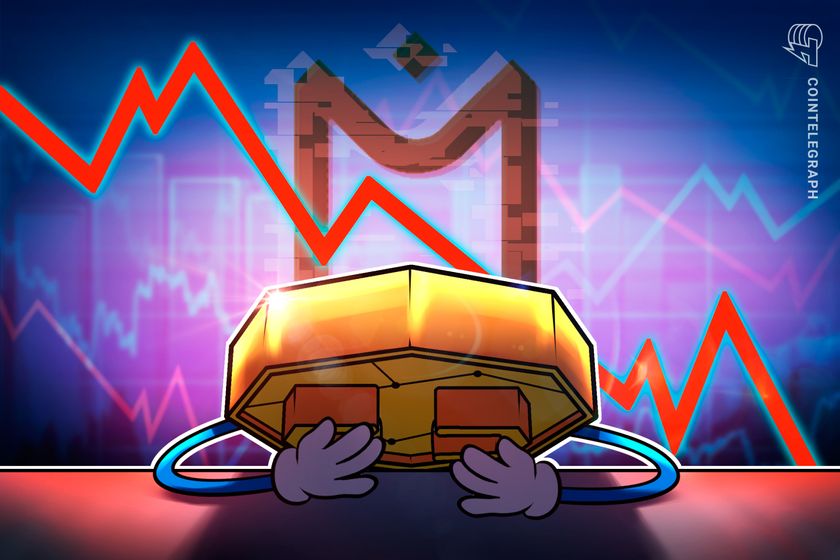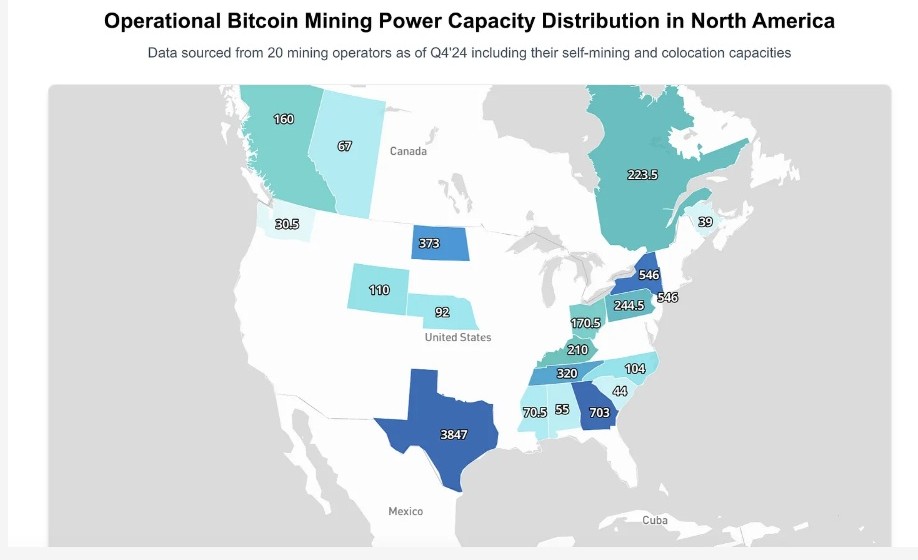

Mantra’s recent token collapse highlights issues within the crypto industry with fluctuations in weekend liquidity levels, creating additional volatility that could have exacerbated token conflicts.
The price of the Mantra (OM) Token collapsed more than 90% on Sunday, April 13, from around $6.30 to under $0.50, causing allegations of market manipulation among disillusioned investors, Cointelegraph reported.
While blockchain analysts still stitch together the reasons behind the OM collapse, the event highlights some important issues for the crypto industry, according to Gracy Chen, CEO of Cryptocurrency Exchange Bitget.
“OM Token Crash exposed some important issues that we can see not only as OM but also as an industry,” he added on the ChainReaction Daily X Show at Cointelegraph.
“For tokens that are too concentrated, with wealth concentration and very opaque governance, and sudden exchange inflows and outflows. […] Coupled with forced liquidation during very low liquidity times in our industry, it produced a big drop-off. ”
If AWS encounters trouble, CEXS will hit with a stop. The question is, do you need more decentralization?
today, @RKBAGGS and @zvardai It will be combined @gracybitgetCEO of @bitgetglobal Above #chainReaction To unlock the problem! https://t.co/opoyu1iorc
– Cointelegraph (@cointelegraph) April 15, 2025
Related: Google will implement MICA rules for European crypto advertising from April 23rd
At least two wallets linked to Mantra Investor Laser Digital are one of 17 wallets, moving a total of 43.6 million OM tokens (worth at the time $227 million) and swapping them before the crash.
However, Mantra CEO John Marine has denied allegations related to the massive token transfer from mantra investors, Cointelgraf reported on April 14.
Mantra issued a post-crash statement on April 16, reiterating that the OM crash does not include token sales by the project itself, and that the Mantra team continues to investigate the incident. The report did not explain the rapid movement of OM tokens against exchanges and subsequent liquidation.
Related: UFC boss Dana White becomes Vechain advisor to push the blockchain mainstream
The exchange movement refers to a powerful “insider damping” signal
The exact reason behind the collapse remains unknown, but Marin attributes the collision to a “large forced liquidation” of centralized exchanges during low-liquid hours on Sunday.
Mullin told X users that the Mantra team believes that one exchange is “particularly” responsible, but the team still “knows the details” and designated the exchange in question as not intermittent.
“I think OKX was the main exchange accused of what is called liquidation,” Chen said, adding that the large-scale relocation to multiple exchanges raised a critical red flag. She added:
“I looked at on-chain data and it revealed that millions of OM tokens have moved into central exchange. It’s a very powerful signal for insider dumping.”
The issue of liquidity over the weekend has been affecting even major cryptocurrencies like Bitcoin (BTC).
Due to the lack of weekend trading volume combined with Bitcoin’s 24/7 liquidity, the Bitcoin revision fell below $75,000 on Sunday, April 6th, Cointelegraph reported.
Lucas Outumuro, head of research at Crypto Intelligence Platform IntotheBlock, told CointeLegraph that the April 6 revision may have occurred as the only large, tradable asset over the weekend.
https://www.youtube.com/watch?v=kqzhvt77xkw
magazine: An illegal arcade disguised as a fake Bitcoin mine? Chinese Soldier Scarf: Asia Express








